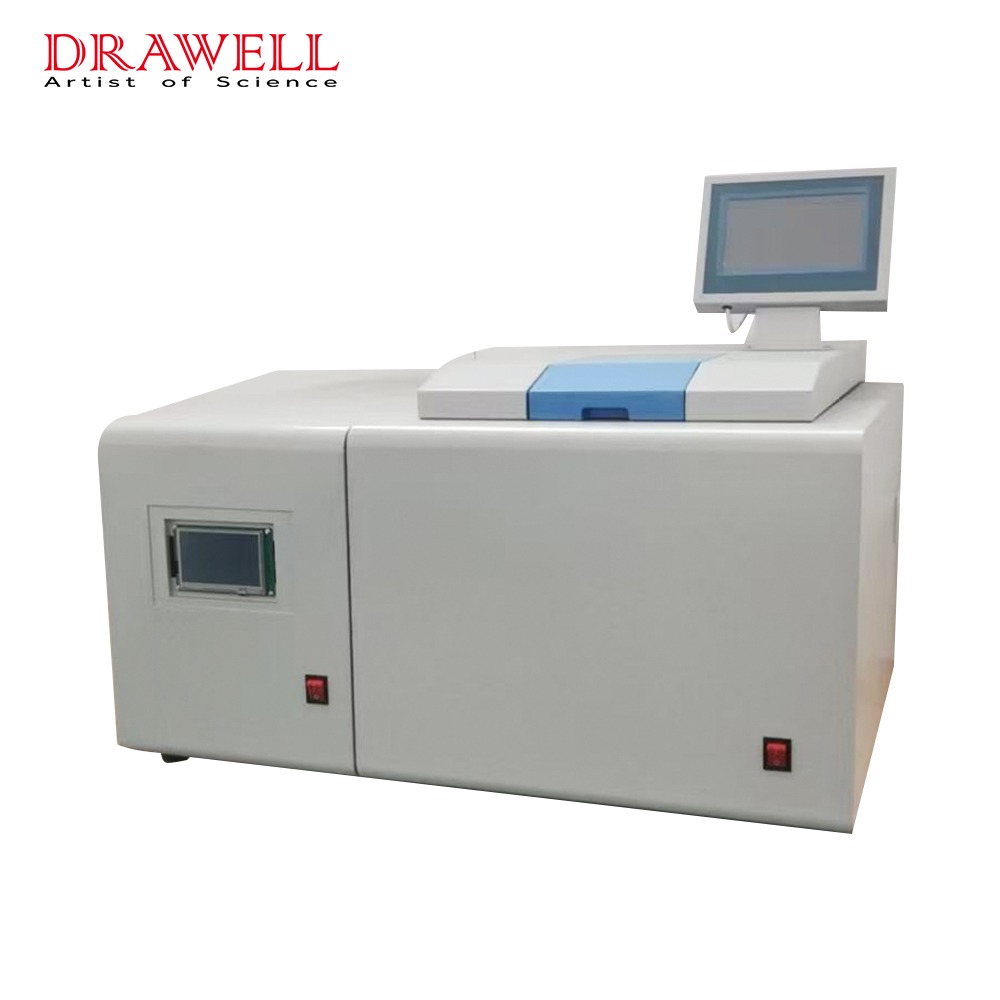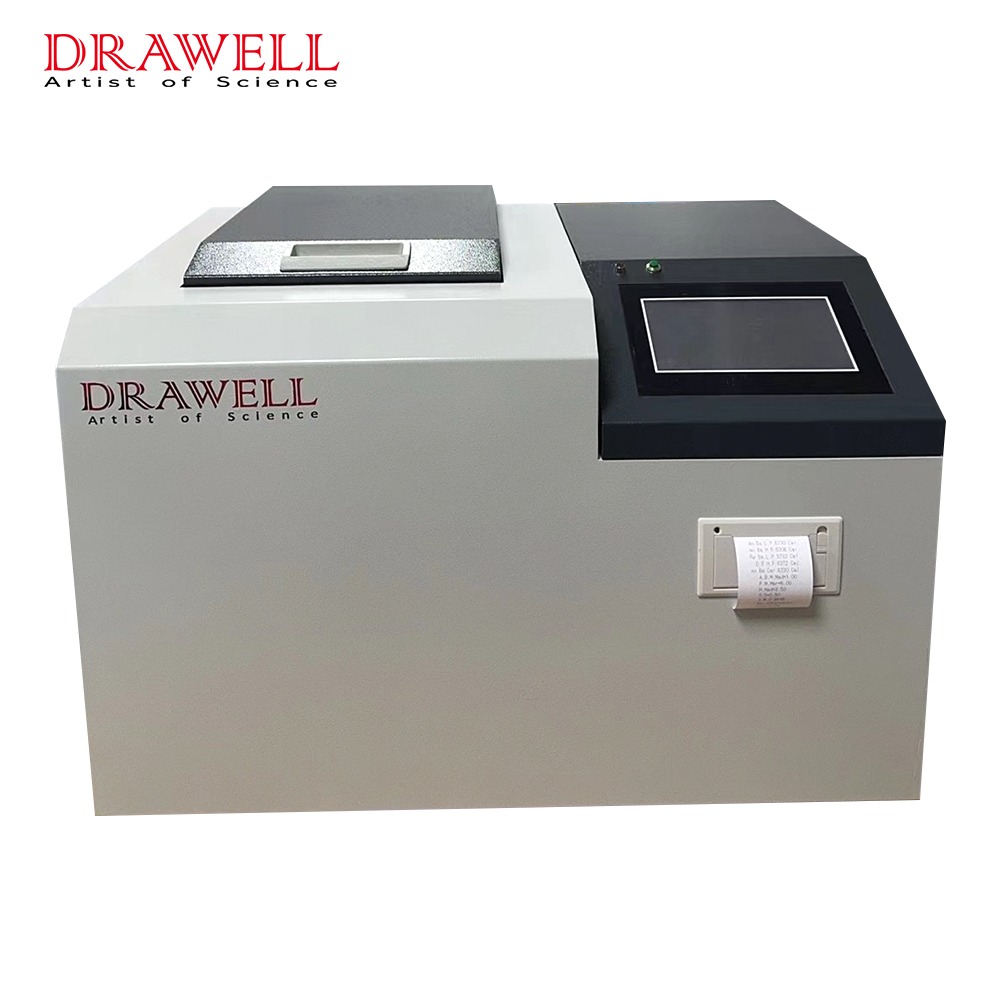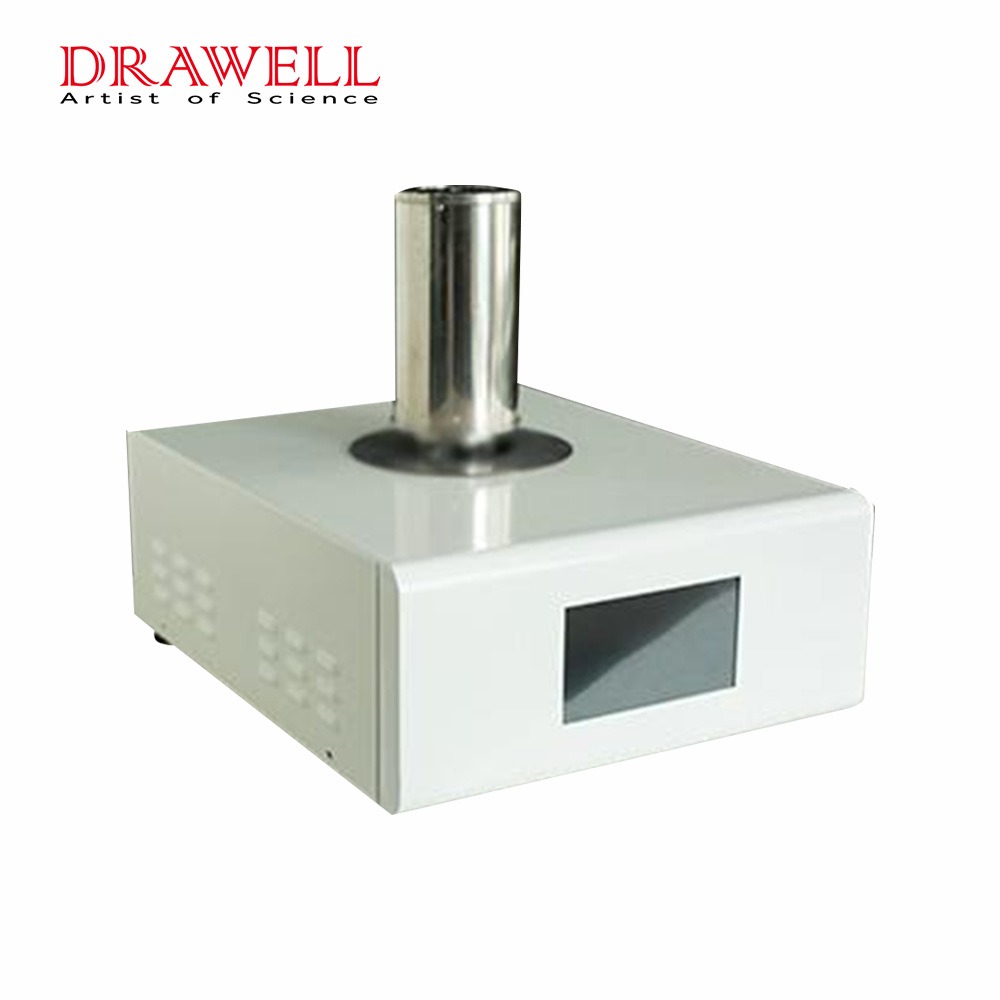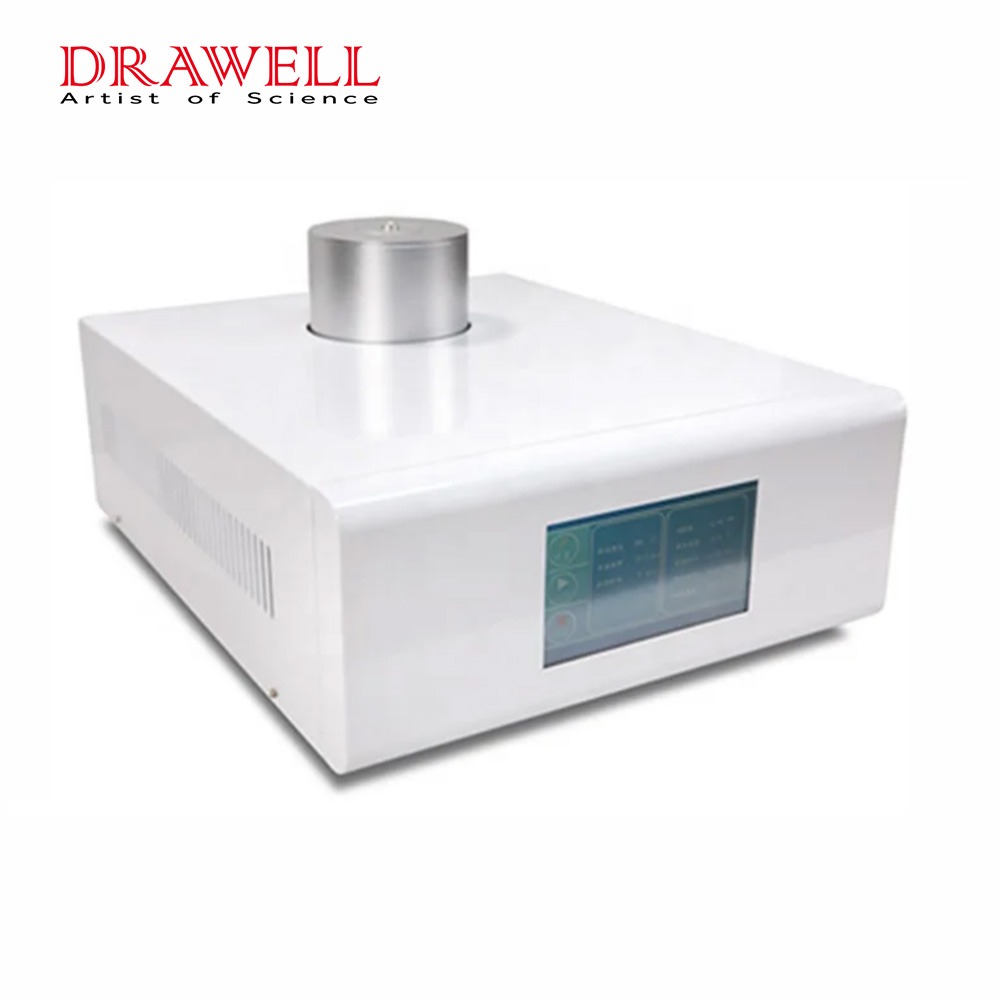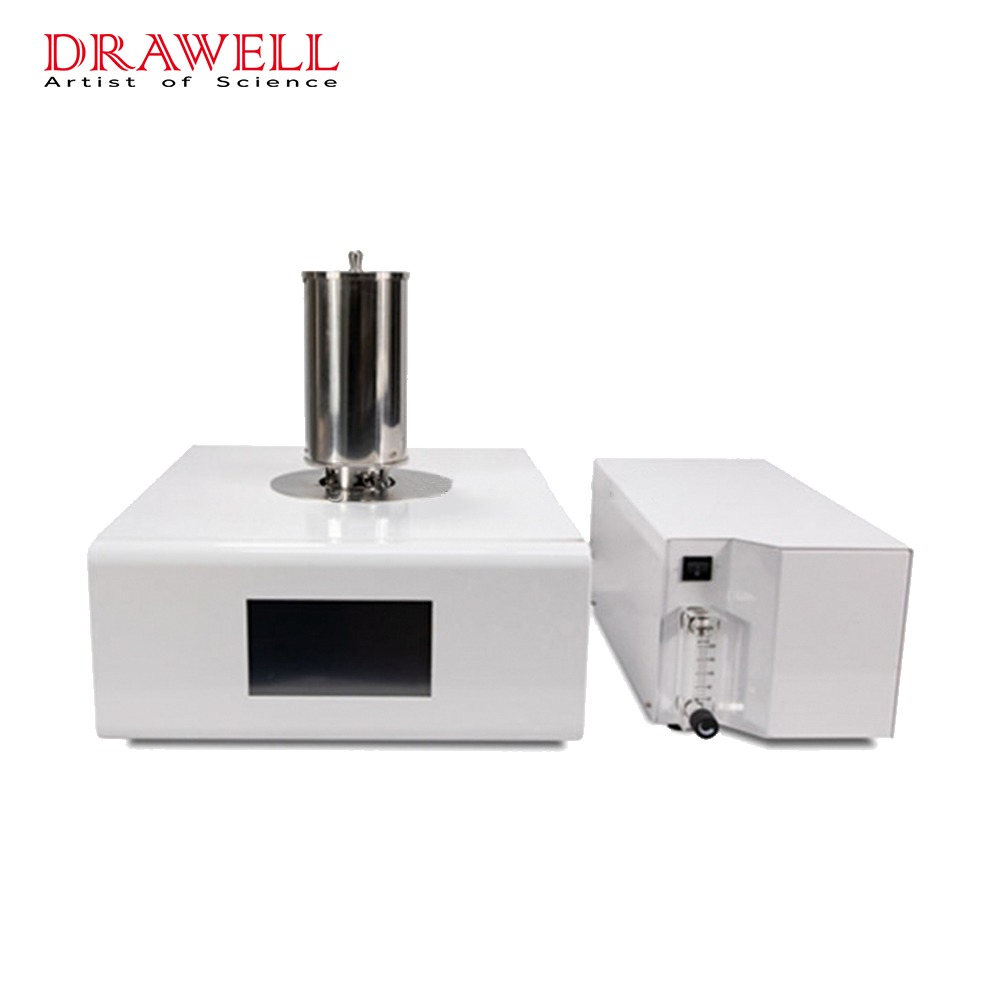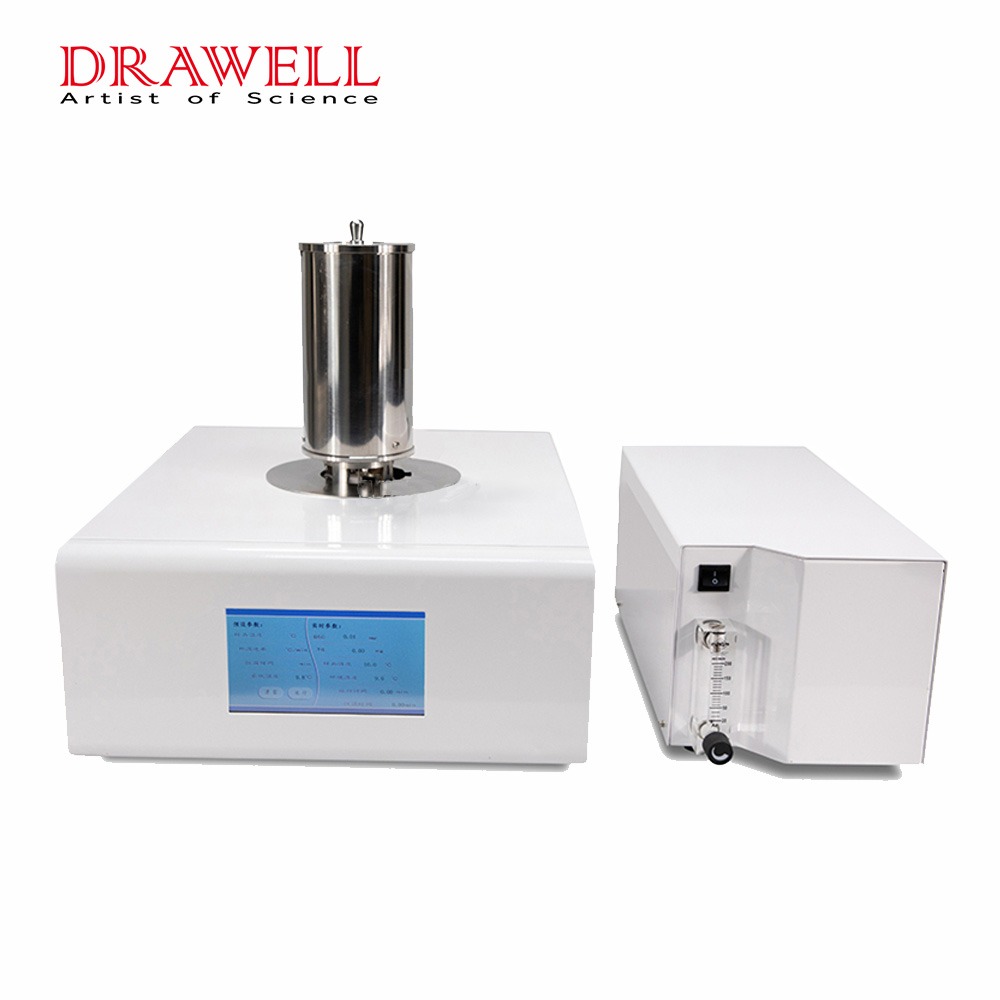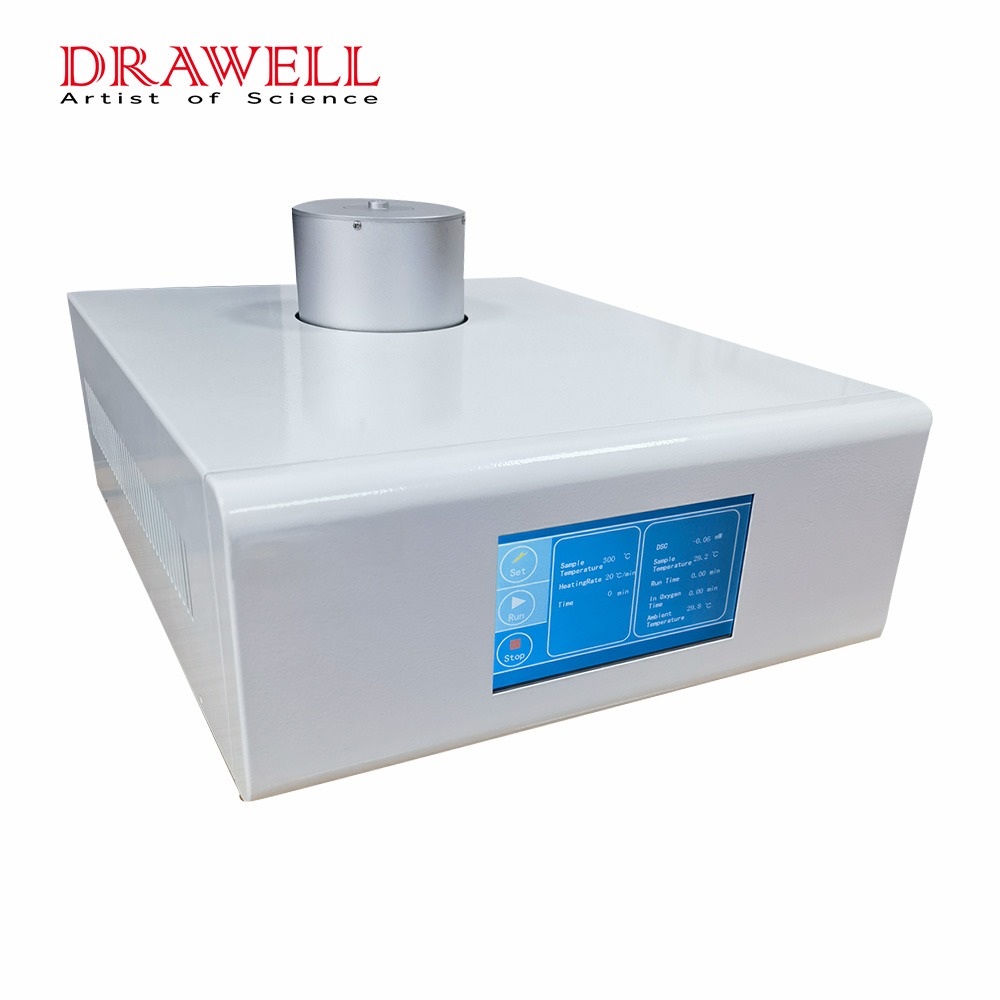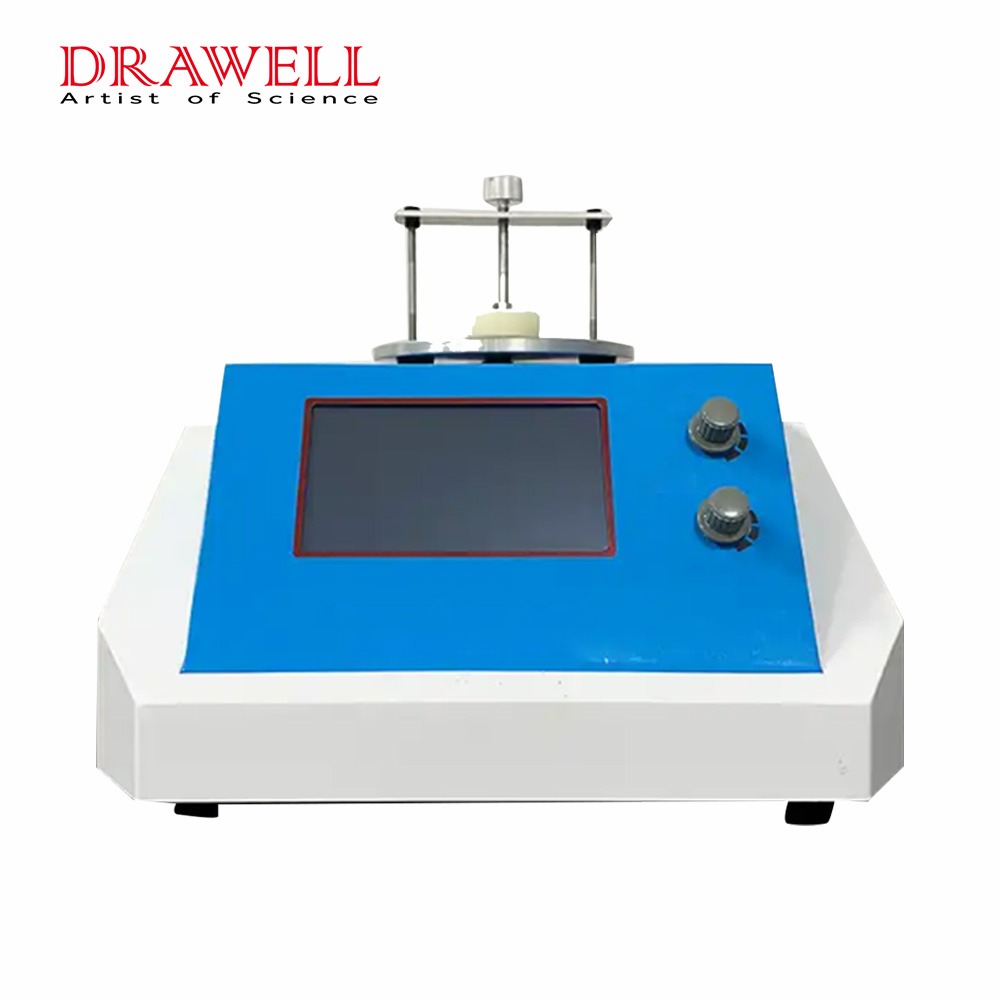Analytical chemistry labs rely heavily on high-precision instruments to ensure accurate and reproducible results. These tools are essential for detecting, quantifying, and characterizing chemical compounds. This article provides an overview of the top 10 high-precision instruments, classified by their primary functions, along with their types, advantages, and applicable scenarios.
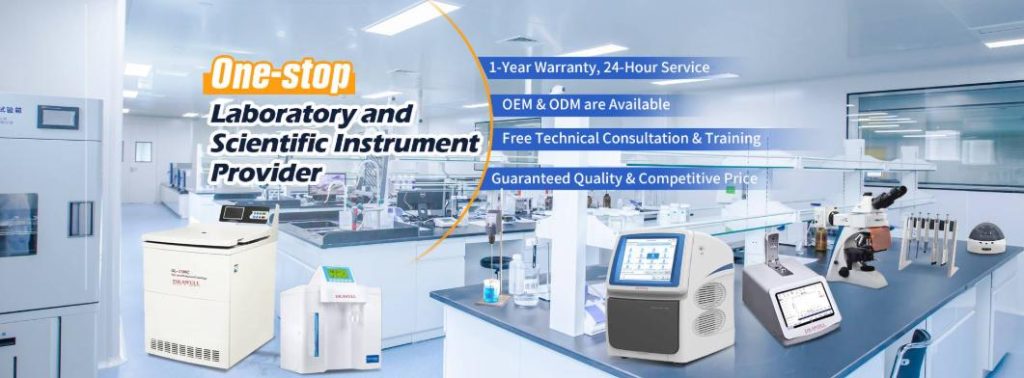
1. Spectroscopy Instruments
Spectroscopy instruments analyze how matter interacts with electromagnetic radiation, providing vital information about a substance’s molecular structure, composition, and physical properties.
Main types are:
- UV-Vis Spectrophotometers: Measure light absorption in the ultraviolet and visible spectrum.
- IR Spectrophotometers: Analyze molecular vibrations to identify functional groups.
- Atomic Absorption Spectrometers (AAS): Detect and quantify metal ions.
- Fluorescence Spectrometers: Detect substances based on their fluorescence emission.
| Instrument | Spectral Range | Advantages | Applications |
| UV-Vis | 190–1100 nm | High sensitivity, fast analysis | Quantitative analysis of solutions |
| IR | 400–4000 cm⁻¹ | Functional group identification | Organic and polymer analysis |
| AAS | Element-specific | High precision for metals | Trace metal detection |
| Fluorescence | Wide range | Highly sensitive, low detection limit | Environmental monitoring, biochemistry |
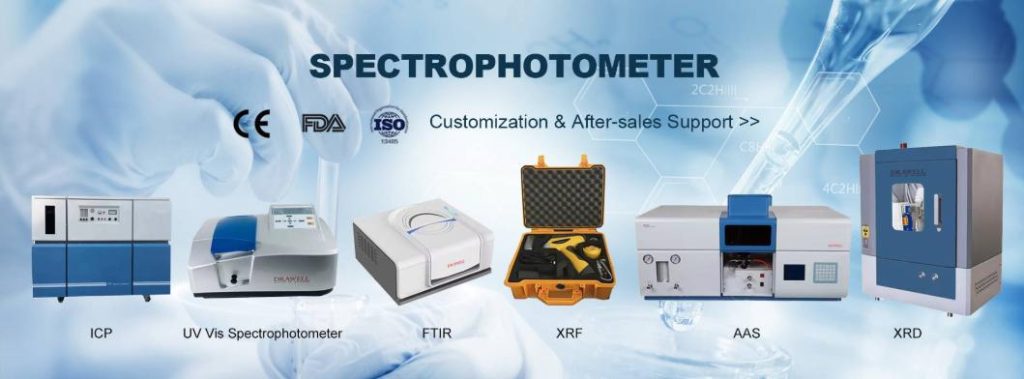
2. Chromatography Systems
Chromatography systems separate complex mixtures into individual components, allowing for detailed analysis of chemical composition.
Main types are:
- High-Performance Liquid Chromatography (HPLC): Separates compounds in liquid phase.
- Gas Chromatography (GC): Separates volatile compounds.
- Ion Chromatography (IC): Specialized for ionic substances.
| Instrument | Phase Type | Advantages | Applications |
| HPLC | Liquid | High resolution, versatility | Pharmaceuticals, biochemistry |
| GC | Gas | Excellent for volatile compounds | Environmental analysis, food safety |
| IC | Liquid (ionic) | Selective for ions | Water quality, inorganic analysis |
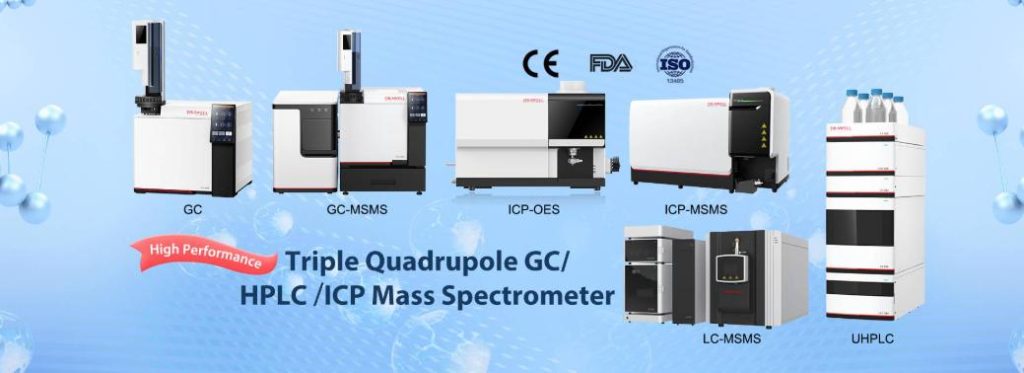
3. Mass Analysis Instruments
Mass spectrometry instruments determine molecular mass and structural information with exceptional precision.
Main types are:
- GC-MS (Gas Chromatography-Mass Spectrometry): Combines gas chromatography with mass analysis.
- LC-MS (Liquid Chromatography-Mass Spectrometry): Combines liquid chromatography with mass analysis.
| Instrument | Combination | Advantages | Applications |
| GC-MS | Gas + Mass | High sensitivity for volatile compounds | Toxicology, environmental studies |
| LC-MS | Liquid + Mass | Versatile, suitable for biomolecules | Drug discovery, proteomics |
4. Thermal Analysis Instruments
These instruments study the thermal behavior of materials under controlled conditions.
Main types are:
- Differential Scanning Calorimetry (DSC): Measures heat flow.
- Thermogravimetric Analysis (TGA): Measures mass change.
| Instrument | Measured Parameter | Advantages | Applications |
| DSC | Heat flow | High sensitivity for phase changes | Polymers, pharmaceuticals |
| TGA | Mass change | Precise for decomposition analysis | Material stability, compositional studies |
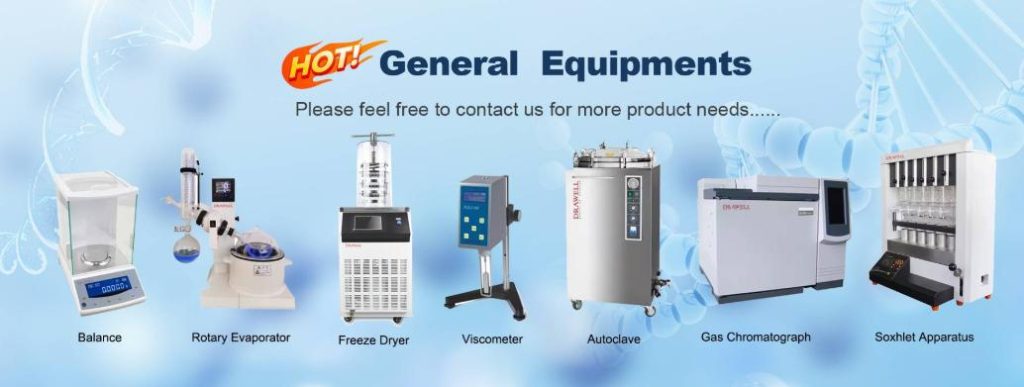
5. Balances and Weight Measurement
Laboratory balances ensure precise measurement of sample weights, down to micrograms.
| Instrument | Precision | Advantages | Applications |
| Analytical balances | 0.01mg | High precision | Analytical sample preparation |
6. Electrochemical Analysis Instruments
Electrochemical instruments measure properties such as ion concentration and redox potential.
Main types are:
- Potentiometric Titrators: Measure potential changes.
- Karl Fischer Titrators: Determine water content.
| Instrument | Measured Parameter | Advantages | Applications |
| Potentiometric | Potential | Accurate, automated titrations | Food, pharmaceuticals |
| Karl Fischer | Moisture content | High precision | Water quality, chemical manufacturing |
7. Structural and Material Analysis Instruments
These instruments provide detailed information about material structure.
Main types are:
- X-Ray Diffraction (XRD): Analyzes crystal structures.
- Microscopes (SEM, TEM): Provide nanoscale visualization.
| Instrument | Resolution | Advantages | Applications |
| XRD | Crystallographic | Accurate for crystal analysis | Materials science, geology |
| SEM/TEM | Nanoscale | High-resolution imaging | Nanotechnology, biology |
8. Particle and Colloidal Analysis Instruments
Analyze particle size and distribution in suspensions.
| Instrument | Measured Parameter | Advantages | Applications |
| Dynamic Light Scattering (DLS) | Particle size | Precise for colloidal systems | Nanoparticles, emulsions |
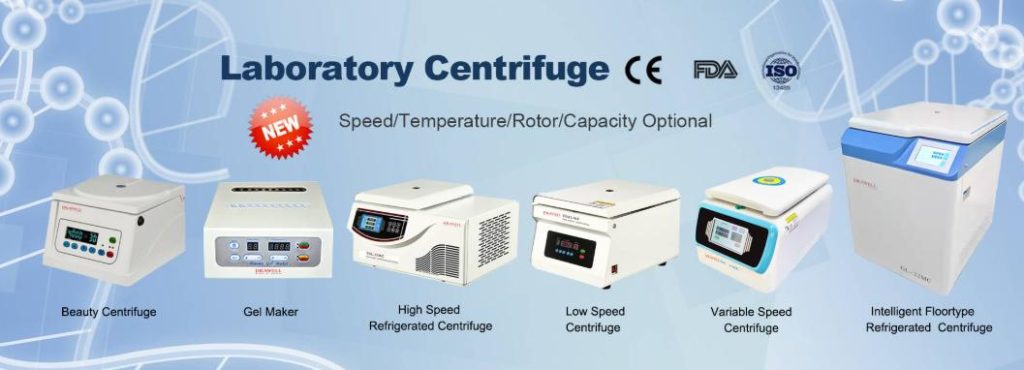
9. Sample Preparation and Automation Tools
Sample preparation is a critical step in analytical chemistry, requiring precision and consistency to ensure accurate results. Automation tools enhance efficiency by minimizing human error and enabling high-throughput sample handling.
Main types are:
- Automated Sample Preparation Systems: These systems streamline processes such as liquid handling, dilution, and reagent mixing. Automation reduces variability and ensures consistency across samples.
- Centrifuges: Centrifuges use centrifugal force to separate components based on density. They are indispensable for isolating analytes from complex matrices.
| Instrument | Function | Advantages | Applications |
| Automated Sample Preparation Systems | Liquid handling, dilution, mixing | Increases throughput, reduces error | Pharmaceutical R&D, clinical labs |
| High-Speed Centrifuges | Rapid separation by density | Efficient for small sample volumes | Molecular biology, protein purification |
| Ultracentrifuges | Separation at high speeds | Enables isolation of nanoparticles | Nanotechnology, virus studies |
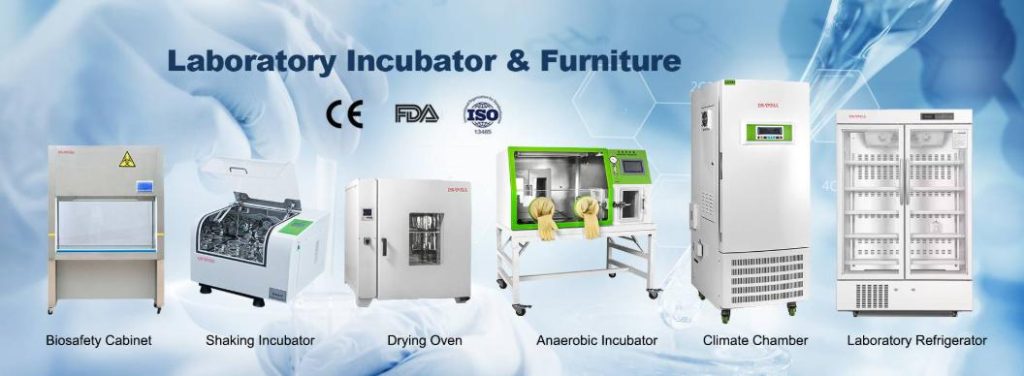
10. Storage and Preservation Tools
Storage and preservation tools are vital for maintaining the integrity and stability of samples over extended periods. These instruments ensure that samples are protected from environmental factors such as temperature fluctuations, contamination, and degradation.
Main types are:
- Cryogenic Freezers: Designed for ultra-low temperature storage, cryogenic freezers keep samples stable at temperatures ranging from -150°C to -196°C. They are essential for preserving sensitive biological materials and chemical reagents.
- Incubators: Provide a controlled environment with specific temperature and humidity levels for sample growth or reactions. Commonly used in microbiology and cell culture.
- Refrigerators: Maintain a stable temperature (typically 2°C to 8°C) for short-term storage of chemicals, reagents, and biological samples.
- Desiccators: Provide a controlled environment to prevent moisture from affecting hygroscopic materials. They are commonly used for short-term storage of dry samples.
| Instrument | Temperature/Humidity Range | Advantages | Applications |
| Cryogenic Freezers | -150°C to -196°C | Long-term preservation, stability | Biological samples, sensitive compounds |
| Incubators | 5°C to 60°C, adjustable humidity | Enables growth/reactions under controlled conditions | Microbiology, cell culture |
| Refrigerators | 2°C to 8°C | Energy-efficient, compact | Short-term chemical storage |
| Desiccators | Low humidity | Prevents moisture contamination | Storage of hygroscopic substances |
| Ultra-Low Freezers | -40°C to -80°C | Energy-efficient, compact design | Clinical samples, reagent storage |
High-precision instruments form the backbone of analytical chemistry labs, providing the accuracy and reliability required for cutting-edge research and industrial applications. By understanding the different types, advantages, and applications of these tools, labs can choose the best instruments to meet their specific analytical needs. For any need of laboratory equipment and scientific instruments, please feel free to contact Drawell – a professional scientific equipment manufacturer.

